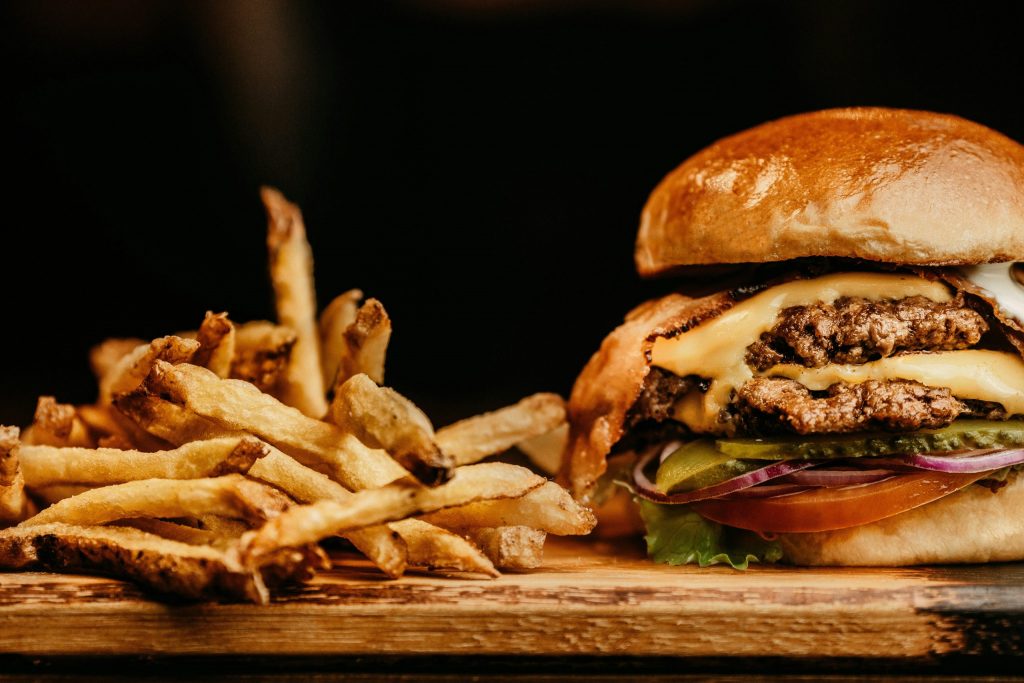Introduction:
Nestled between the rolling hills of the countryside and the azure shores of the Mediterranean Sea, Spain’s culinary heritage is as diverse as its vibrant culture. At the heart of this gastronomic mosaic lies paella, a dish that embodies the essence of Spanish cuisine. Join us on a flavorful journey as we unravel the history, ingredients, and cultural significance of paella, delving into the rich tapestry of flavors and traditions that make it a beloved icon of Spanish culinary artistry.
Origins and Historical Legacy:
The origins of paella can be traced back to the sun-drenched region of Valencia, where the fertile soils and abundant waters provided the perfect backdrop for its creation. Emerging as a humble peasant dish, paella was a simple yet hearty meal crafted from locally sourced ingredients such as rice, vegetables, and meats or seafood. Over time, as Valencia flourished as a hub of trade and cultural exchange, paella evolved, absorbing influences from Arab, Roman, and Moorish traditions to become the beloved culinary gem it is today.
Ingredients and Flavorful Palette:
At the heart of every paella lies a symphony of flavors and textures that pay homage to Spain’s diverse landscapes and culinary heritage. Saffron, the golden spice prized for its delicate aroma and vibrant color, infuses the dish with a subtle yet distinct essence. Alongside saffron-infused rice, an array of seasonal vegetables such as tomatoes, peppers, and artichokes adds depth and freshness, while proteins ranging from succulent chicken and rabbit to an assortment of fresh seafood contribute richness and complexity to the dish.
Cooking Techniques and Culinary Traditions:
Preparing paella is a culinary art form that requires patience, skill, and a deep understanding of tradition. The cooking process begins with a sofrito – a fragrant blend of onions, garlic, and tomatoes – which forms the flavorful base for the dish. The rice is then added and allowed to absorb the aromatic essence of the sofrito before being gently simmered in a savory broth infused with saffron and spices.
Central to the paella experience is the creation of the socarrat – a caramelized crust that forms on the bottom of the pan, adding depth of flavor and textural contrast to the dish. Spaniards regard the socarrat as a hallmark of a well-prepared paella, a testament to the chef’s skill and expertise.
Cultural Significance and Global Appeal:
Beyond its culinary merits, paella holds a special place in the hearts of the Spanish people, symbolizing community, celebration, and shared heritage. Whether enjoyed at a lively fiesta, a family gathering, or a cozy dinner with friends, paella brings people together, fostering connections and creating cherished memories.
In recent years, paella has transcended its Spanish origins to become a global culinary phenomenon, celebrated by food enthusiasts around the world. From bustling street markets in Barcelona to Michelin-starred restaurants in Paris, the allure of paella knows no bounds, inspiring chefs and home cooks alike to recreate the magic of this timeless dish in their own kitchens.
Conclusion:
In a world of ever-changing culinary trends, paella stands as a timeless testament to the enduring power of tradition, flavor, and togetherness. With its rich history, vibrant flavors, and cultural significance, paella embodies the essence of Spanish gastronomy – a celebration of life, love, and the joy of sharing a meal with loved ones. So, whether you find yourself on the shores of Valencia or in the heart of a bustling city, take a moment to savor the magic of paella and embark on a flavorful journey through Spain’s culinary tapestry.

